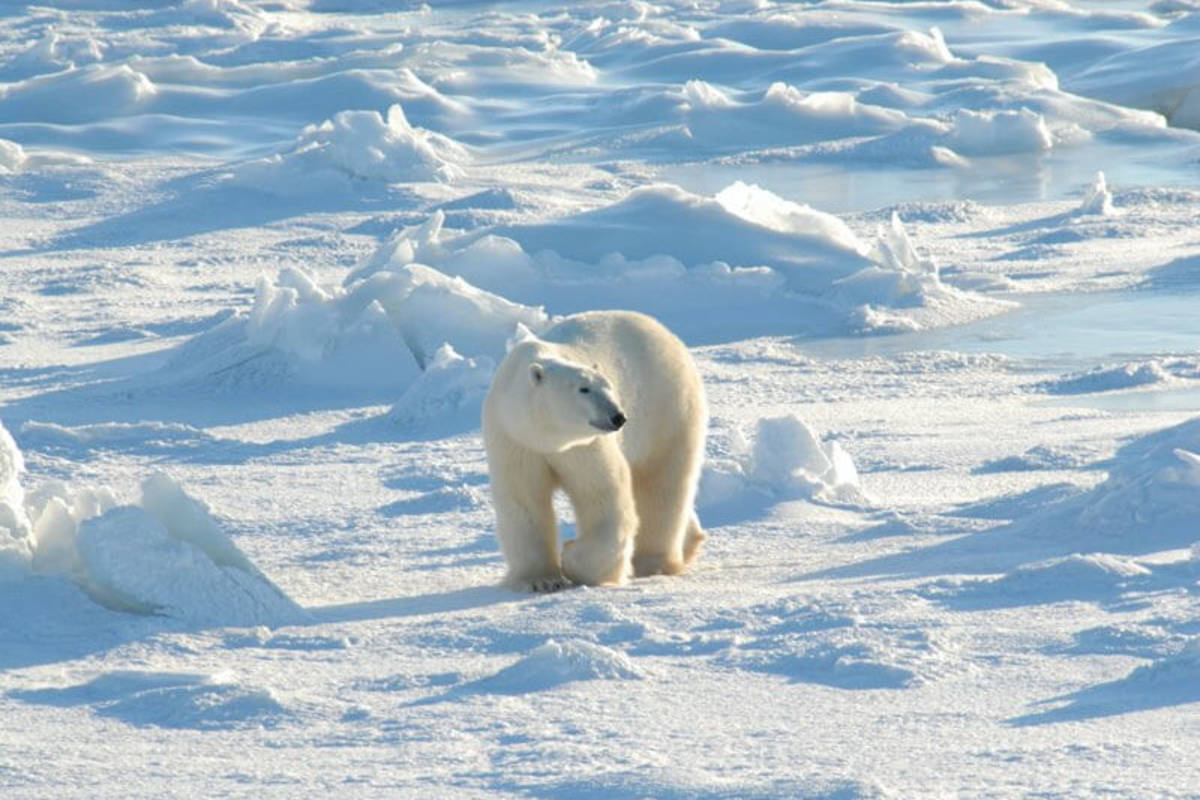Scientists have studied the Western Hudson Bay polar bears for 40 years. The impacts of this year's data gap due to the pandemic are still unknown.
If there’s a first lesson an Arctic researcher learns early in their career, it’s that the Arctic doesn’t suffer fools and mistakes can be deadly. Studying polar bears likely adds a bit more on the risk factor column but I’m usually more concerned about helicopters than polar bears. I can deal with the bears (I hope) but I can’t fly a helicopter.
If there’s a second lesson Arctic researchers learn, it’s probably that no study will quickly yield meaningful insights. The Arctic is an incredibly dynamic ecosystem so conditions in one year might be vastly different from conditions the next year—or the conditions can be totally different in days, hours, or minutes.
I’ve spent a lot of time waiting for weather, waiting for sea ice, waiting for bears to show up, and waiting for helicopter repairs. I once sat in a field camp south of Cape Churchill waiting for the fog to burn off. Every day the Churchill Airport told us the fog would burn off by noon. For three weeks we heard the same forecast until it eventually came to be. The take home message? Patience pays. Polar bear researchers have to play the long game. I’ve played a lot of cribbage in the field.
Research gaps
There’s no way to do any meaningful research on polar bears quickly. Most studies require large samples sizes, multiple years of data, and extensive coverage of an area to obtain data robust enough to provide a signal above the noise. So, what does this mean for polar bear research in 2020 under a pandemic? It’s not good. Most polar bear researchers lost 2020 in their time series.
The long-term studies in Western Hudson Bay started in 1980. In 2020, the 40-year run was finally interrupted. Similarly, the long-term telemetry studies of bears in the population groaned to a halt this year.



















